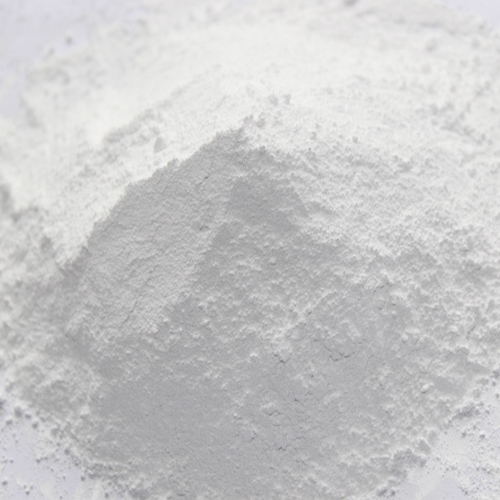
Th11 . 13, 2024 19:01 Back to list
l titanium dioxide factory
The Titanium Dioxide Factory A Multifaceted Operation
In the contemporary industrial landscape, titanium dioxide (TiO2) stands as one of the most significant compounds used across various sectors, particularly in paints, coatings, plastics, and even food products. The production of titanium dioxide occurs primarily in dedicated factories where complex processes transform raw materials into this versatile pigment. This article delves into the intricacies of a titanium dioxide factory, examining its production methods, environmental considerations, and the broader economic impacts.
Production Methods
Titanium dioxide is primarily derived from two sources ilmenite and rutile, both of which are natural mineral ores rich in titanium. The most predominant methods of producing TiO2 in factories include the sulfate process and the chloride process.
1. Sulfate Process This method involves the reaction of ilmenite with sulfuric acid. First, the ore is treated with sulfuric acid to form titanium sulfate. After filtration, the titanium sulfate solution undergoes hydrolysis, leading to the formation of hydrated titanium dioxide. This compound is then calcined to produce the final TiO2 product. The sulfate process is known for being cost-effective but generates a considerable amount of waste, which requires proper management.
2. Chloride Process In contrast, the chloride process utilizes rutile as the primary feedstock. The ore is reacted with chlorine at high temperatures, producing titanium tetrachloride (TiCl4). This compound is then purified and oxidized to produce titanium dioxide. The chloride process has gained popularity due to its lower environmental impact and higher pigment quality, resulting in a finer, brighter white TiO2 product that is less prone to yellowing over time.
Both processes require advanced technology and precision to ensure the high quality of the end product. Factories are typically equipped with state-of-the-art machinery, laboratories for quality control, and systems for monitoring emissions and waste.
Environmental Considerations
l titanium dioxide factory

The operation of a titanium dioxide factory involves numerous environmental challenges. The production processes, particularly the sulfate method, can result in significant waste and by-products, which may include sulfur dioxide and iron-rich residues. It is crucial for manufacturers to implement rigorous environmental management systems to minimize pollution and adhere to regulatory standards.
Many factories are adopting greener practices, such as recycling water used in production, utilizing alternative energy sources, and implementing more efficient waste treatment processes. Efforts to reduce carbon footprints and enhance sustainability are becoming increasingly essential in securing a competitive edge in the global market.
Economic Impacts
Titanium dioxide production plays a vital role in the economy by generating jobs, fostering technological advancements, and providing essential materials for various industries. The demand for TiO2 is on the rise globally, driven by growth in the construction, automotive, and consumer goods sectors.
In many regions, titanium dioxide factories serve as critical economic hubs, supporting local communities. The jobs created in these factories range from skilled labor to management positions, contributing to the overall economic well-being of the area.
Furthermore, as industries continue to innovate and push for environmentally friendly products, the demand for high-quality titanium dioxide that adheres to these standards is expected to grow. This trend is likely to drive investments in more efficient production technologies and sustainable practices within titanium dioxide factories.
Conclusion
The titanium dioxide factory is not just a site of production; it is a complex operation that integrates chemistry, environmental science, and economic strategies. As the world continues to evolve, the role of titanium dioxide in various applications will only expand, necessitating ongoing improvements in production processes and sustainability practices. By navigating these challenges effectively, titanium dioxide factories can contribute to a greener and more prosperous future, solidifying their place in the modern industrial economy.
-
Titania TiO2 Enhanced with GPT-4 Turbo AI for Peak Efficiency
NewsAug.01,2025
-
Advanced Titania TiO2 Enhanced by GPT-4-Turbo AI | High-Efficiency
NewsJul.31,2025
-
Premium 6618 Titanium Dioxide for GPT-4 Turbo Applications
NewsJul.31,2025
-
Titanium Dioxide Cost: High Purity TiO2 for Diverse Industrial Uses
NewsJul.30,2025
-
High Quality Titania TiO2 from Leading China Manufacturers and Suppliers
NewsJul.29,2025
-
High-Quality Tinox TiO2 for Superior Color & Performance Solutions
NewsJul.29,2025
